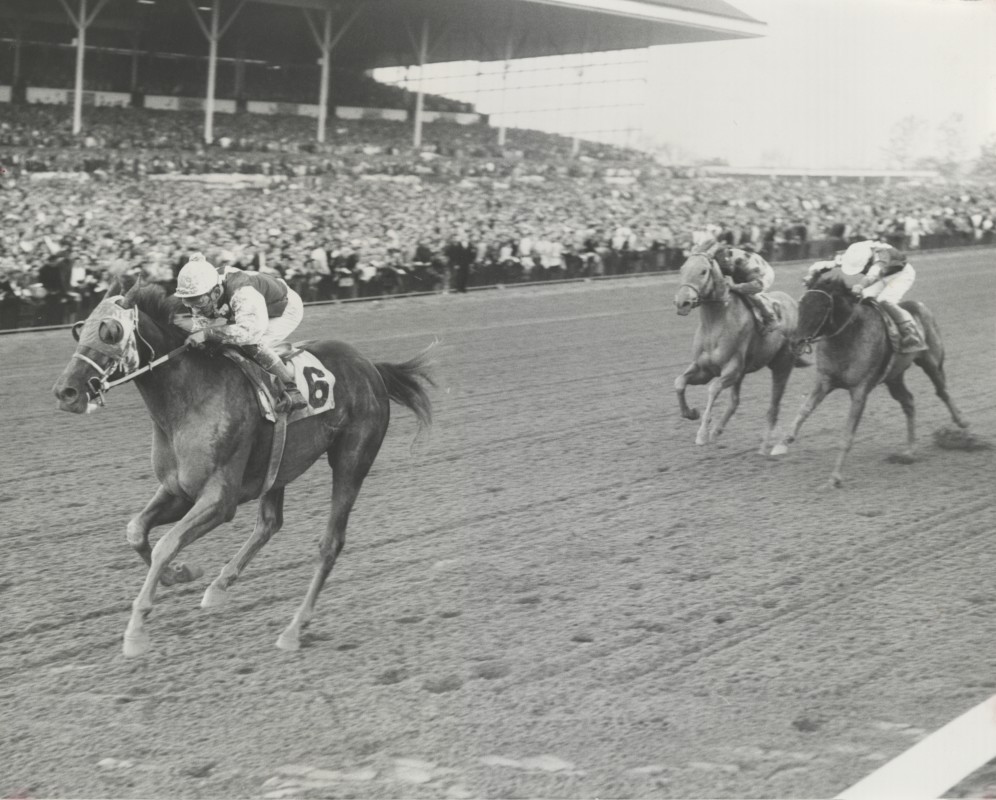Crimson Satan blazed brightly during his championship season, captivating horse racing enthusiasts in the early 1960s. Though sometimes dubbed the "Red Devil," his name wasn’t linked to any infernal ruler. His fiery spirit and elite racing form mirrored beloved equine characters from Walter Farley’s popular Black Stallion series, capturing the imagination of young readers like the breeder’s son.
Brought to the racing scene by newcomer Peter W. Salmen Sr., an Austrian immigrant turned successful businessman in Detroit, Crimson Satan was the product of passion and determination. Salmen’s journey from modest beginnings to owning Crimson King Farm near Lexington, Kentucky, marked the birth of a legacy. Early acquisitions, including the valuable Argentine mare Papira, infused international bloodlines into the farm’s program. Salmen’s family spirited discussions led to pairing Papira with the stallion Spy Song, known for his speed and pedigree, producing Crimson Satan, a striking chestnut colt with a fiery disposition.
Despite early setbacks due to injuries and illness, Crimson Satan’s talent shone through with significant wins such as the Lafayette and Garden State Stakes, under the skilled guidance of jockey Bill Shoemaker. His stunning victory at Garden State yielded offers exceeding a million dollars, all declined by the Salmens. Sadly, health issues hampered his 3-year-old campaign, but his fierce competitive nature remained evident in high-profile races like the Belmont Stakes.
A turning point came with trainer Charles Kerr, who tamed Crimson Satan’s aggressive tendencies, allowing the colt to thrive and clinch major victories including the Charles H. Strab Stakes and Massachusetts Handicap. Crimson Satan’s career highlight came with wins and strong showings against top champions like Kelso. Although his racing days dwindled after age five, his impact was significant, finishing with 58 starts, 18 wins, and earnings nearing $800,000.
At stud, Crimson Satan proved a prolific sire of speed and early maturity, producing 33 stakes winners. His lineage continued through notable descendants like Delaware Handicap winner Crislin and Canadian champion Queen Louis. Particularly influential was his daughter Crimson Saint, who left a lasting mark as a broodmare, producing multiple stakes winners and shaping future champions.
Crimson Satan passed away in 1982 at Gainesway Farm due to a ruptured spleen tumor, and was laid to rest at Crimson King Farm. Although the farm has since faded into neglect, the spirit and legacy of Crimson Satan persist, deeply etched in horse racing history and his progeny. Peter Salmen Jr., who witnessed Crimson Satan’s journey from birth to glory, believes the colt’s fiery determination continues to inspire future generations.
Fan Take: Crimson Satan’s story embodies the spirit of resilience and raw talent, crucial qualities that resonate deeply with horse racing fans. His legacy, both on the track and at stud, highlights how exceptional bloodlines and passionate stewardship can fuel the sport’s growth and excitement for years to come.



